Exploring Harbin
January, 2023Ice Sculptures and Matryoshka Dolls
January, 2023
It was that time of year – the mandatory New Year holiday – when students could return to their provinces and reunite with their families for two weeks. However, with China still grappling with the remnants of the pandemic, my own prospects for the holiday weren’t looking great. Traveling out of the province still carried risks and confusing rules: too daunting for someone like me whose Mandarin extended to “ni hao” and “huh?”. I found myself contemplating two weeks confined within the walls of my apartment.
One of the perks of my job was the privilege of working alongside a talented group of Chinese translators. Among these was a young interpreter we shall call Chastaine. Recently, she had gone through the bewildering and modern experience of being ghosted by a promising foreigner she had met on Omegle.
Understandably, she was in need of some distraction before heading back to her own family in neighbouring Shanxi Province, where she knew she would face the inevitable, annual barrage of draining questions about her romantic life.
In light of our shared circumstances, we decided it was time for an adventure. Two options were on the table: Chengdu, to see the pandas, or Harbin, and its magnificent ice sculptures.
Pandas, it was decided, look much the same wherever you see them. Besides, Harbin had an added “advantage” – it was close to where Chas’s disappointing foreign acquaintance was based. This gave her the option of confronting him, if she deemed it wise and if my attempts at persuasion against this course failed.
I was just glad of the rare luxury of having my own personal interpreter. Such things made battling through unfamiliar public transport so much easier, especially if the powers-that-be decided to impose yet more rules on us, all of a sudden. So, we set our course for the frozen north.
A few hours after lift-off from Xi’an, we were flying over Heilongjiang Province, nestled in China’s armpit, bordering Mongolia, North Korea and the Far East of Russia. Instead of the expected snow-covered ground, the view from the plane window was of a barren and arid landscape, ribbons of icy rivers reflecting the orange sunset.
Chas had dealt with the hotels, choosing a more expensive one for me that accepted foreigners (many hotels in China bypass the tedious processes involved in hosting non-Chinese guests). She found a cheaper one for herself which seemed to be nearby judging from the map.
When we got off the airport bus, though, a few problems became apparent. We were miles away from our intended destination, underestimating the scale of the city. The biting cold numbed our extremities and, more worryingly, drained our phone batteries.
Thankfully, even in this remote place (urban population: a mere 7 million) Didi, the Chinese version of Uber, remained a viable option.
Chas’s hotel provided a glimpse of the dystopian future that awaits us all. Checking in involved scanning your ID card while a robot receptionist took your mugshot. The elevator and room door recognized you, granting access accordingly – or not, as the case may be. The elevator simply took you to your floor without asking or offering any alternatives.
It was less like “imagine a boot stamping on a human face forever” and more like “imagine chromed metal doors refusing to acknowledge your face, forever, because the database is corrupted“.
If it’s happening now in a backstreet of Harbin, expect it to reach a place near you soon.
My accommodation was a more mainstream affair, occupying prime real estate just next to the giant snow rabbit on Harbin’s main street. Old-fashioned elevators with actual buttons led to dim corridors adorned with flock wallpaper.
Once settled, bundled up in extra socks, and with feeling restored to our fingers, we set out for dinner and stumbled upon a barbecue place of some apparent local fame. There was a non-linear queue, huddled around the firepit, waiting for numbers to be called. Street vendors tried to sell us frozen fruit on sticks. Girls in hats with cute cat ears munched on candied haws while their boyfriends gazed into the flames.
Inside a stern but efficient-looking woman whose face adorned the restaurant’s signage served us glass noodles and kebabs.
The City
The following day, we set out to explore the city. Zhongyang, the main street in the tourist district, proudly showcased its Russian influence. Harbin’s history has been marked by conflicts, settlements, and occupations—first by the Russians, then Chinese warlords, Soviet control, Japanese occupation during World War II, and ultimately being handed over to the People’s Liberation Army by the Soviet Red Army in 1946.
One prominent attraction was the former St. Sophia Church, built in the Russian Orthodox style. Now functioning as an art gallery, it still displayed paintings of saints on its walls, and provided a respite from the relentless cold as well as a rare glimpse of Christian tradition in China.
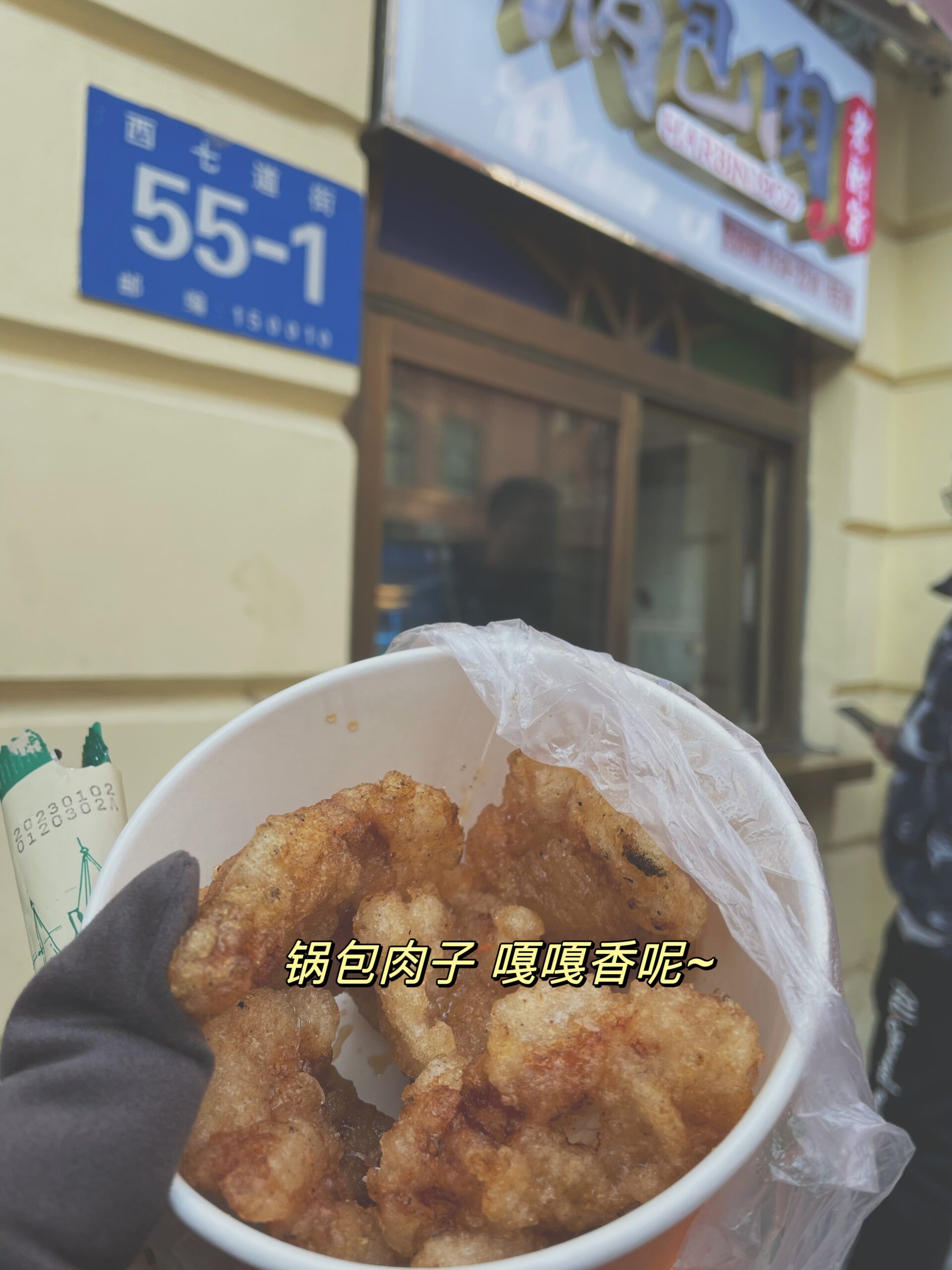
The streets of Harbin were likewise brimming with Matryoshka dolls, vodka, and Russian chocolate brands like Alyonka, while the signs displayed Cyrillic script along with English and Chinese.
Chas delighted in the “Dongbei” dialect of the street hawkers, promising baked sweet potatoes that were “嘎嘎香 Gaga Xiang” – so, so sweet.
When lunchtime arrived, we indulged in Guobaorou (锅包肉), deep-fried pork with a tasty sweet and sour sauce made from rice vinegar, very suitable for the European palate. So much so it reminded me of what you might get from the Golden Dragon back home, but a local speciality, it seems. It’s legitimately delicious.
We tried to get some from one of the restaurants off the main drag, thinking that it might be nice to sit down indoors. But we were not alone in this assessment, and the queue was an hour long. Instead, we settled for a similar version from a window on the street, where they gave us a bucket of the stuff. It was all the tastier eaten al fresco at -18 degrees.
Ice
The ice used for the sculptures in Harbin was sourced from the frozen Songhua river. Chainsawed into blocks, it served as the foundation for various artistic creations. This local art form involved participation from schools, and in one of the parks, we chin-stroked our way through appreciation of the works of both aspiring winners and those who had not fared as well in the competitions.
We took a leisurely stroll down to “Stalin Park” (one of the few remaining “Stalin Parks” around the world, presumably), where we encountered massive examples of the ice sculpture genre. On the frozen river, jeeps spun around, pulling trains of tyres filled with people clinging on for dear life.
Intrigued, we decided to give this a try. Careening across the ice, it was possible to see nothing as you were rag-dolled around. Chas cheerfully translated the comments of fellow adventurers, ranging from remarks like “here, you pay to suffer” to “I think I broke my neck.”
Before our batteries ran out, we managed to find a vantage point to witness the sun setting on the river and captured a few snaps before retreating to Starbucks to thaw out and recharge.
One of the main highlights of Harbin in winter is the “Sun Island” ice sculpture festival. More blocks of ice are intricately carved into elaborate designs, including giant buddhas, fairytale castles, and celebrity faces. These sculptures are illuminated both from within and without by colourful LEDs, creating a magnificent spectacle after dark.
We would have liked to have tried the carousel, offering a commanding view of the whole park, but the queues seemed insurmountable. With temperatures dropping to a brisk -20 degrees Celcius, we decided we could live without it and went to check out the ice slides instead.
Harbin had more to offer in winter. Unfortunately, we didn’t have the chance to visit Volga Park, which is often mentioned in the guide books, and did indeed look pretty from the photos. The Siberian Tiger Park, another cited attraction, where visitors could hurl chunks of reindeer meat to the eponymous beasts, didn’t make it onto our itinerary either. We had a flight to catch.
Chastaine, wisely in my view, decided against pursuing her elusive acquaintance from Omegle. Instead, she opted to take us to a backstreet restaurant, where we tried out something known as “kill the pig dish” (杀猪菜) – a blood sausage stew served with sauerkraut on the side. Perhaps a subconscious sublimated revenge on the one who had wronged her? It’s not for me to say. In any case, my only review of the dish is that I’ve had tastier and more appetizing things here, but it was interesting to be sure.
Is Harbin worth visiting? Undoubtedly, it stands out as a city distinct from the “average” Chinese destination, with its evident European-inspired architecture and cuisine. In many ways, it felt like jumping across the border into Siberia.
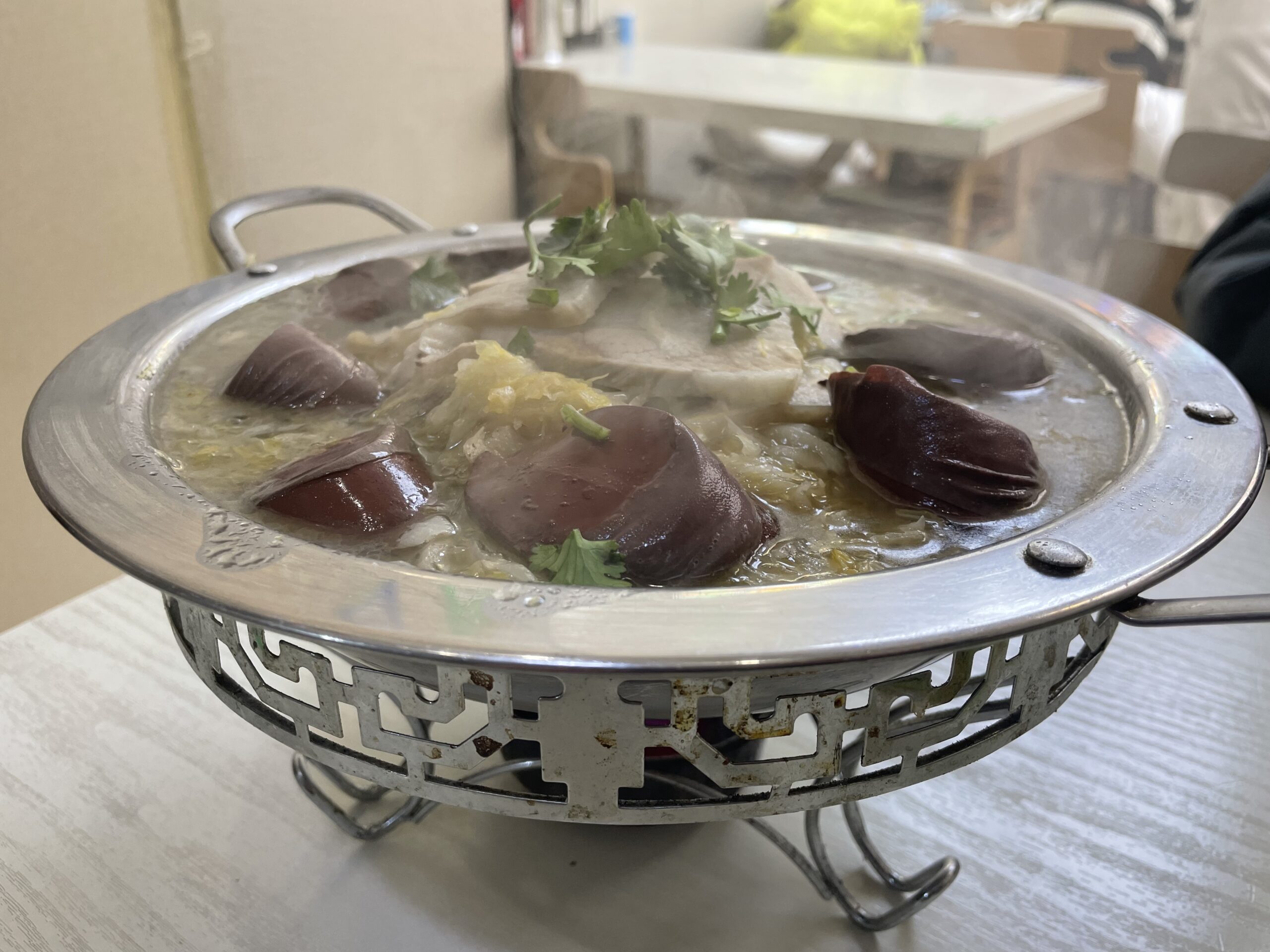
I’m not sure what happens here for the rest of the year, but it’s very much geared up as a winter tourist attraction. If you are suitably-prepared and warmly dressed to withstand temperatures as low as 20C below freezing, you can find ample entertainment for a few days. However, both Chas and I were content that we hadn’t overstayed our visit. We returned to the relatively benign winter in Xi’an glad to have seen something of Harbin’s curious Siberian-style charm.
Other Trips
Here are some of the other places I’ve been…
2022 Beijing
China’s famous capital has some sights that you’d kick yourself if you ever came here and didn’t see: The Great Wall, The Forbidden City and its Temple of Heaven.
2023 Tokyo
A whistlestop tour to Tokyo, where I failed to see Mount Fuji but accidentally managed to glimpse Godzilla.
2023 Tianjin
Tianjin is not a city that Westerners tend to know about, but has an interesting, cosmopolitan character and an abundance of cute knitted objects.
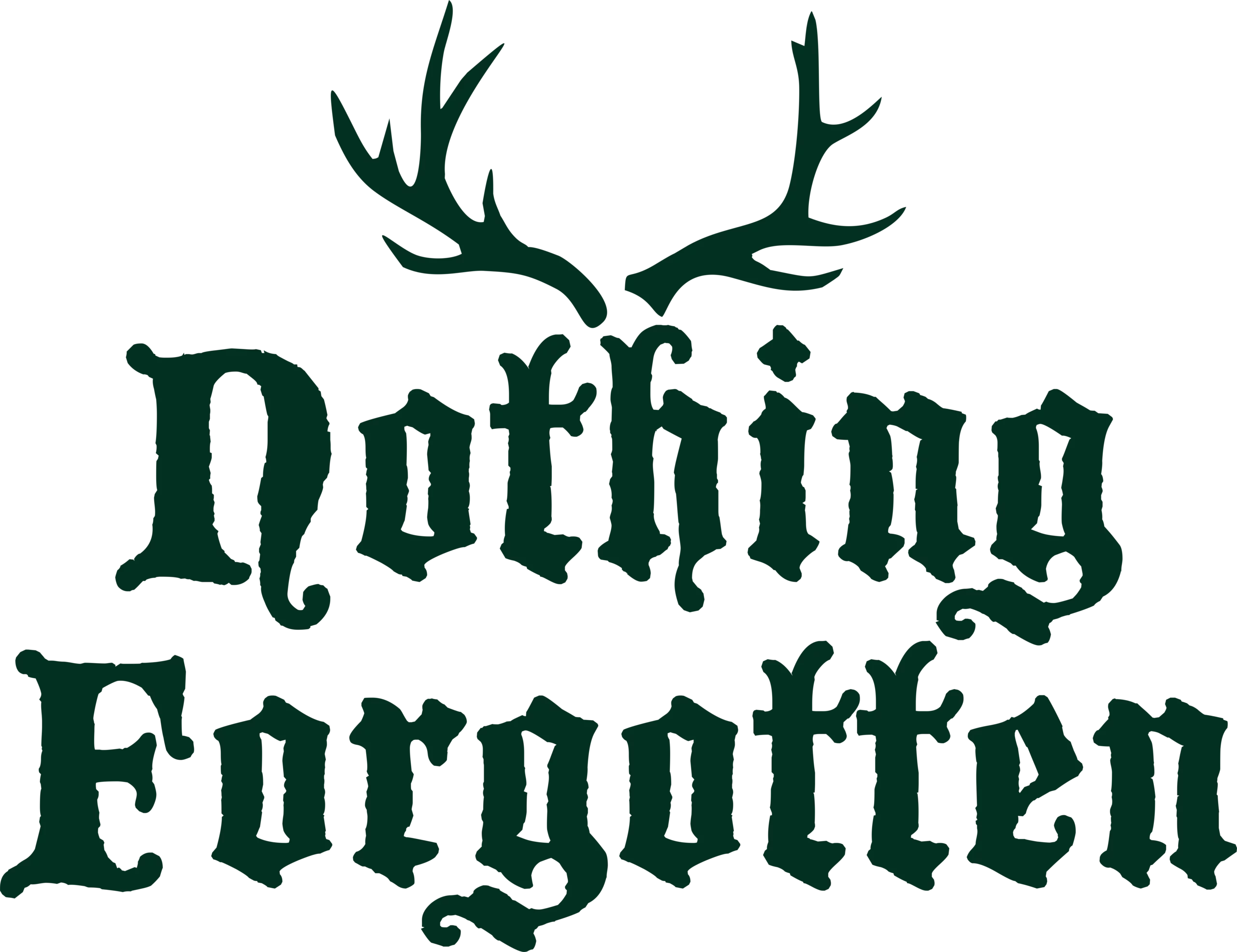
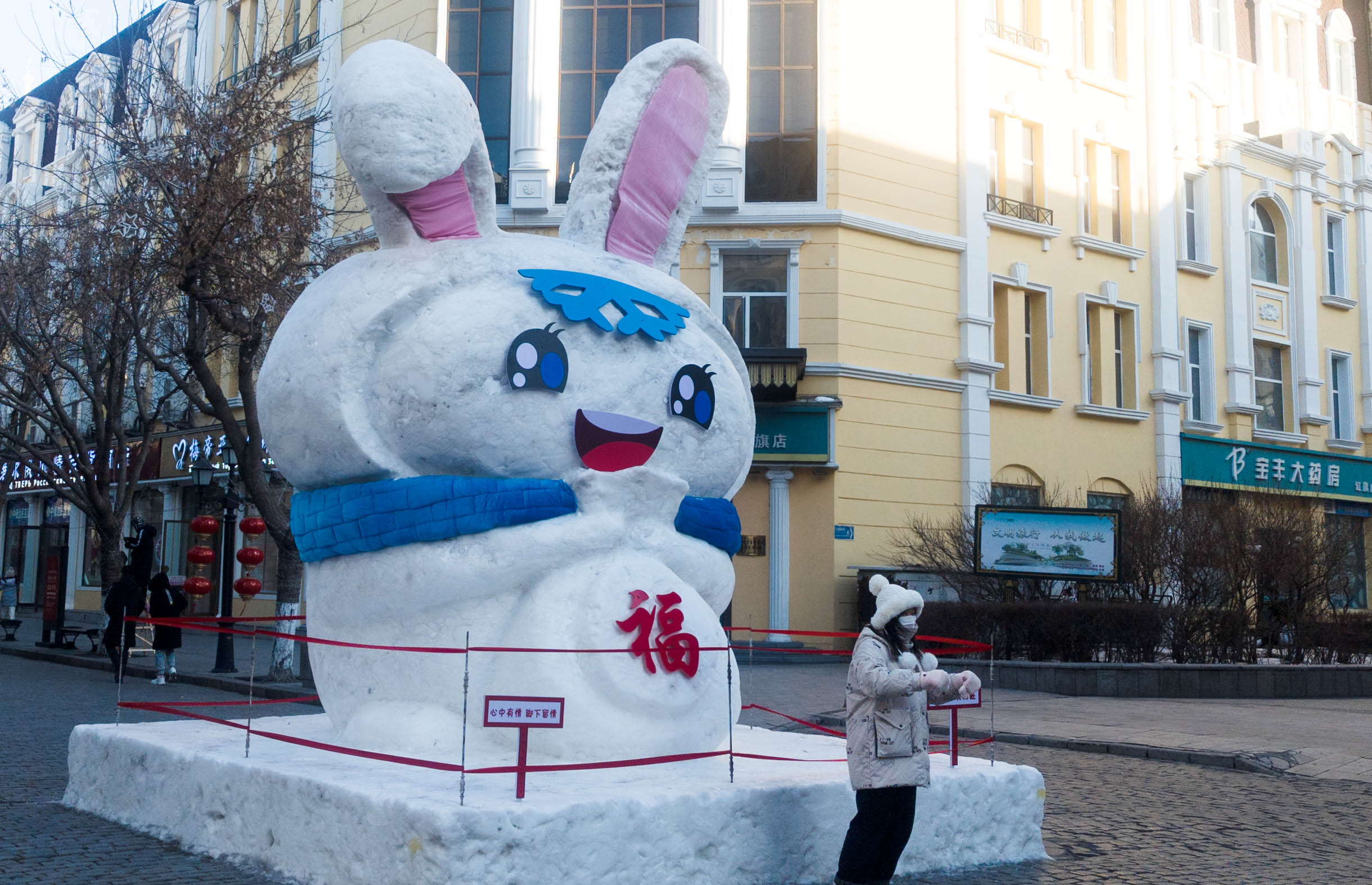
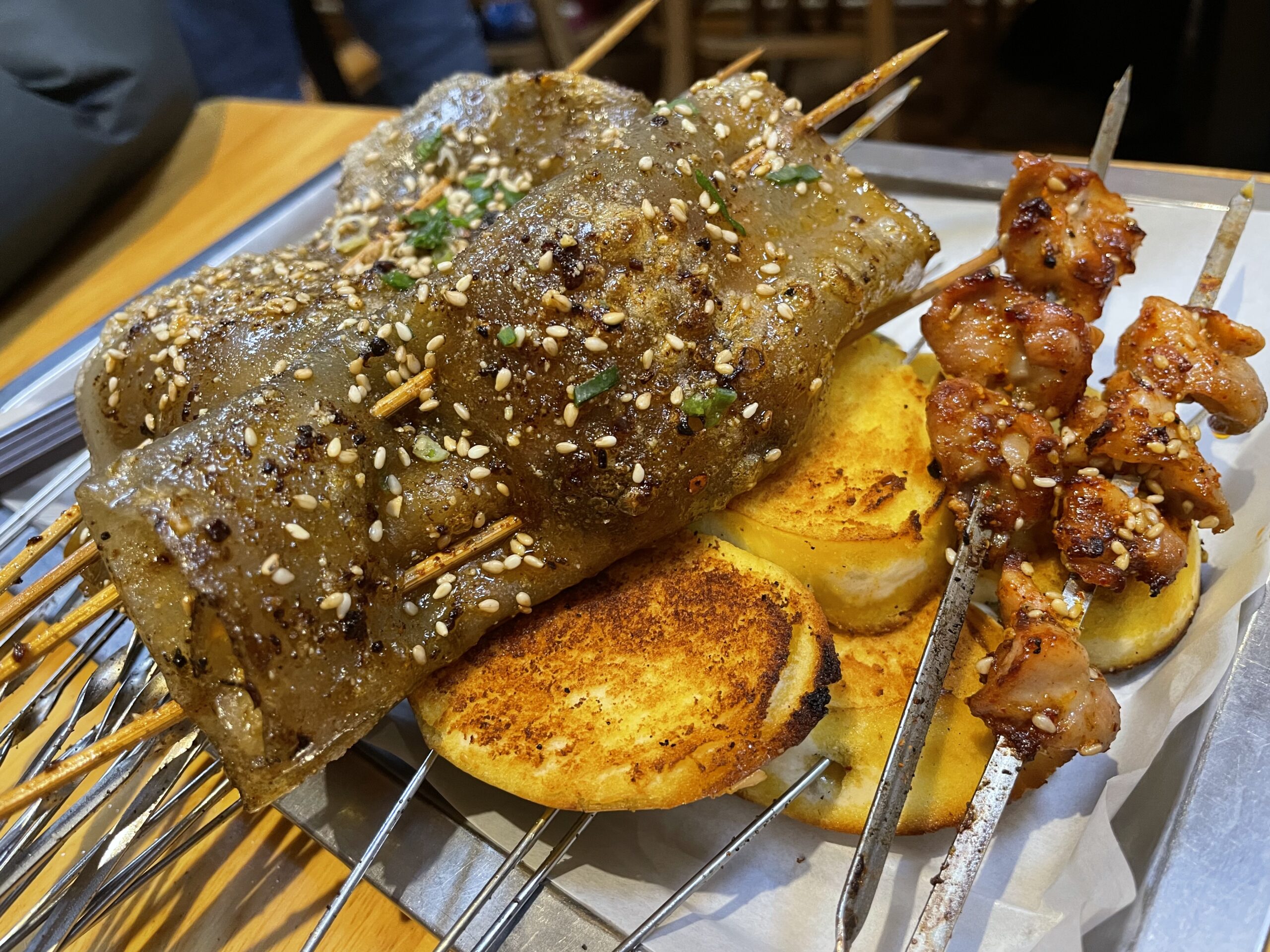
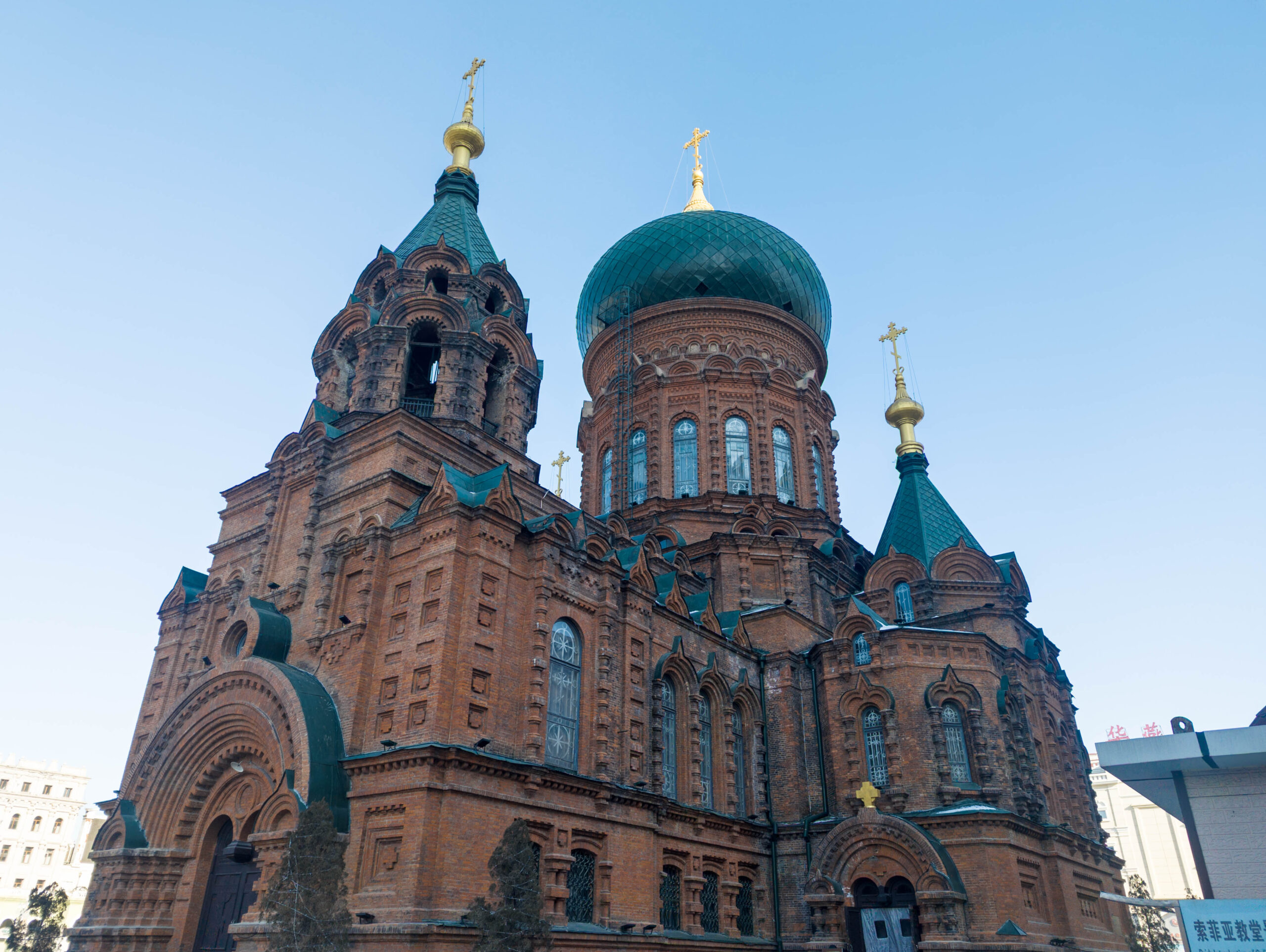
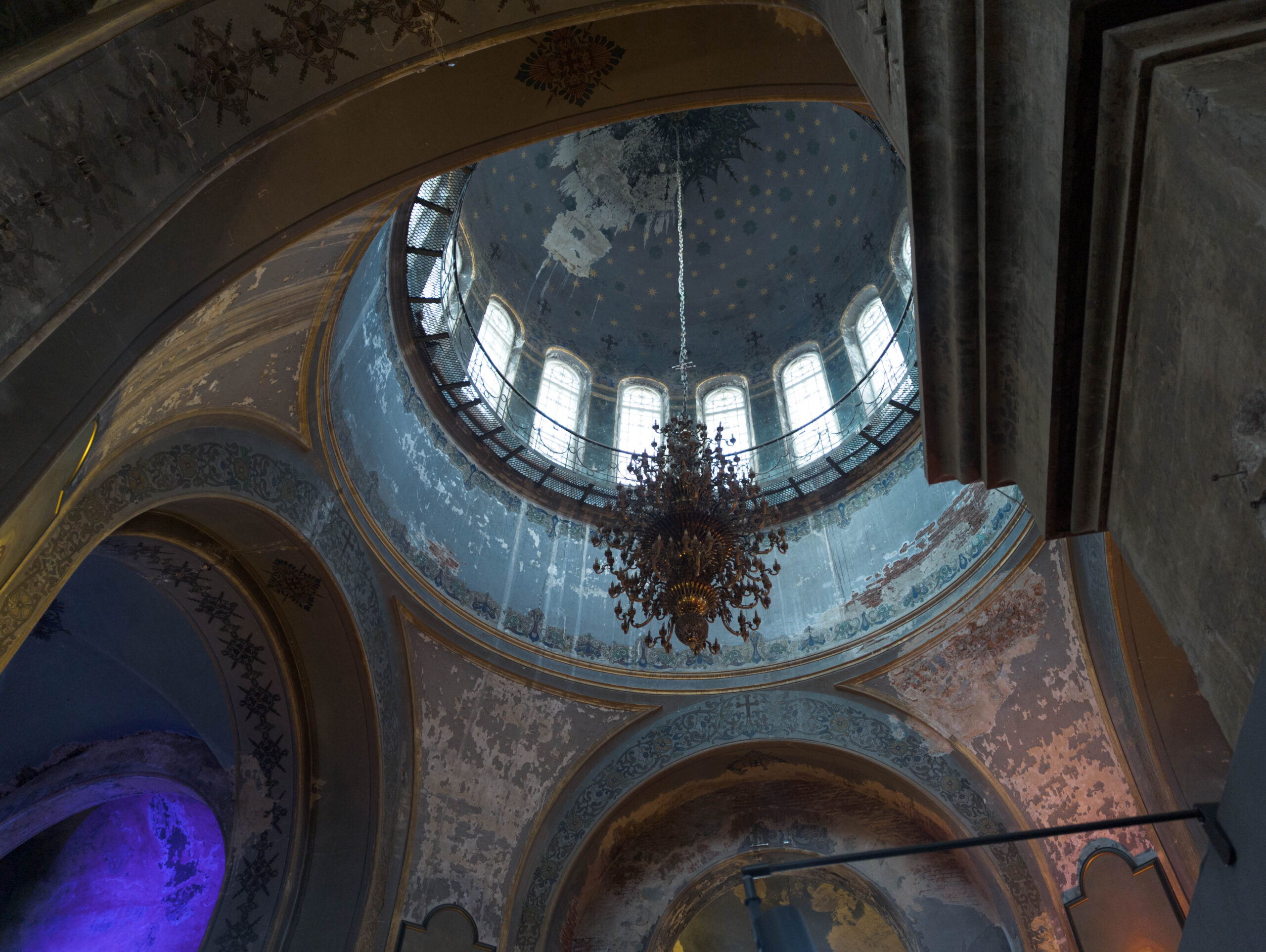
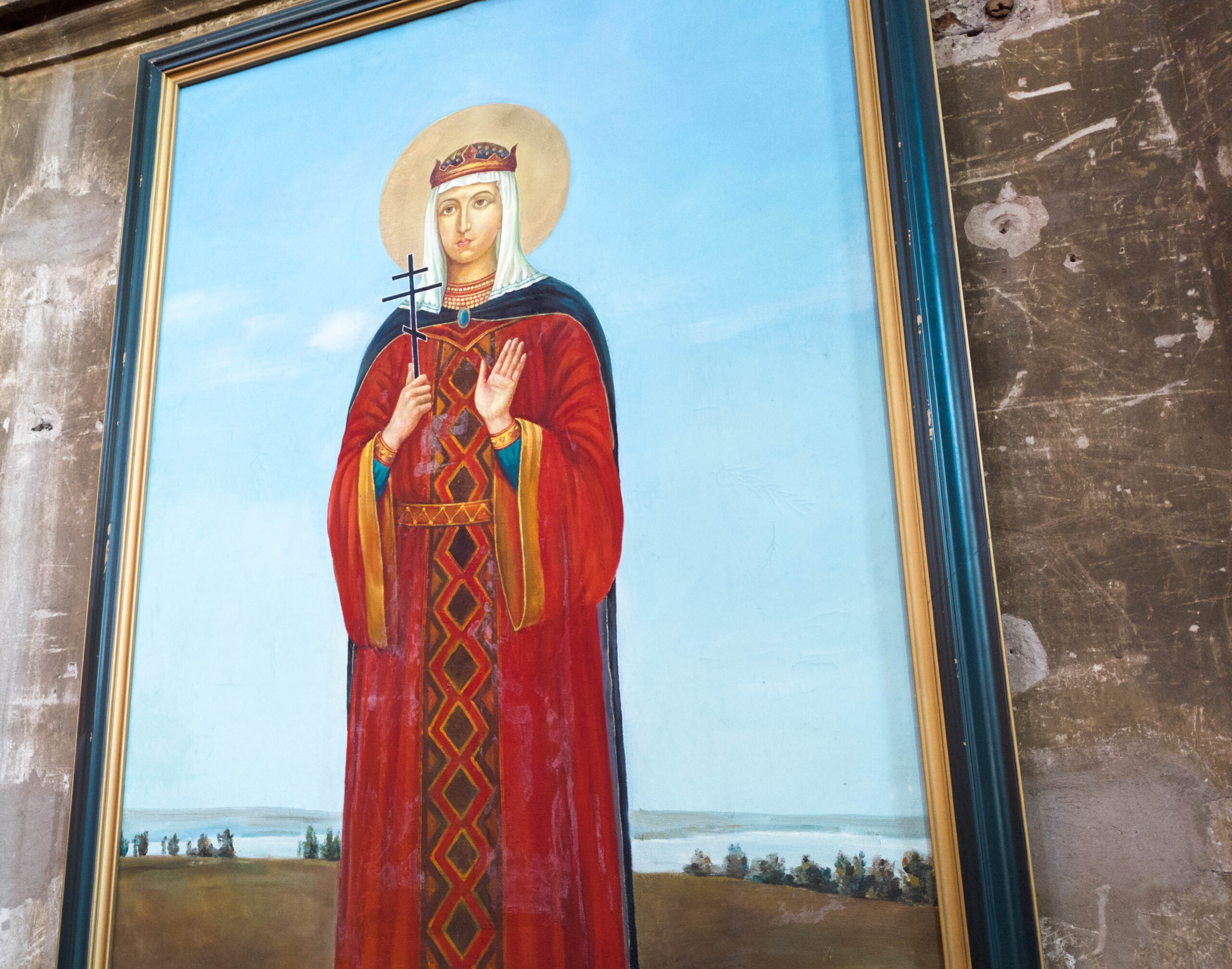
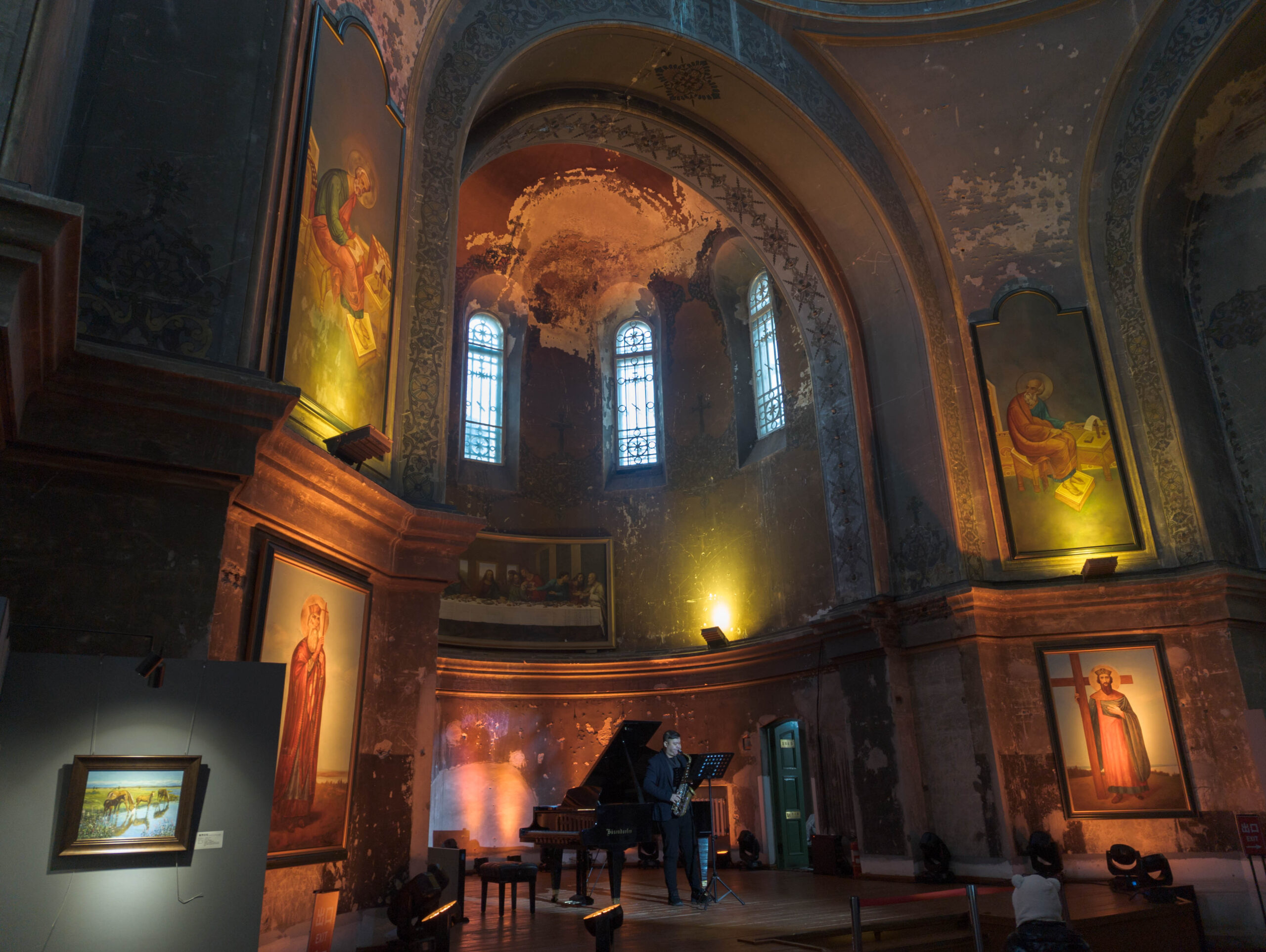
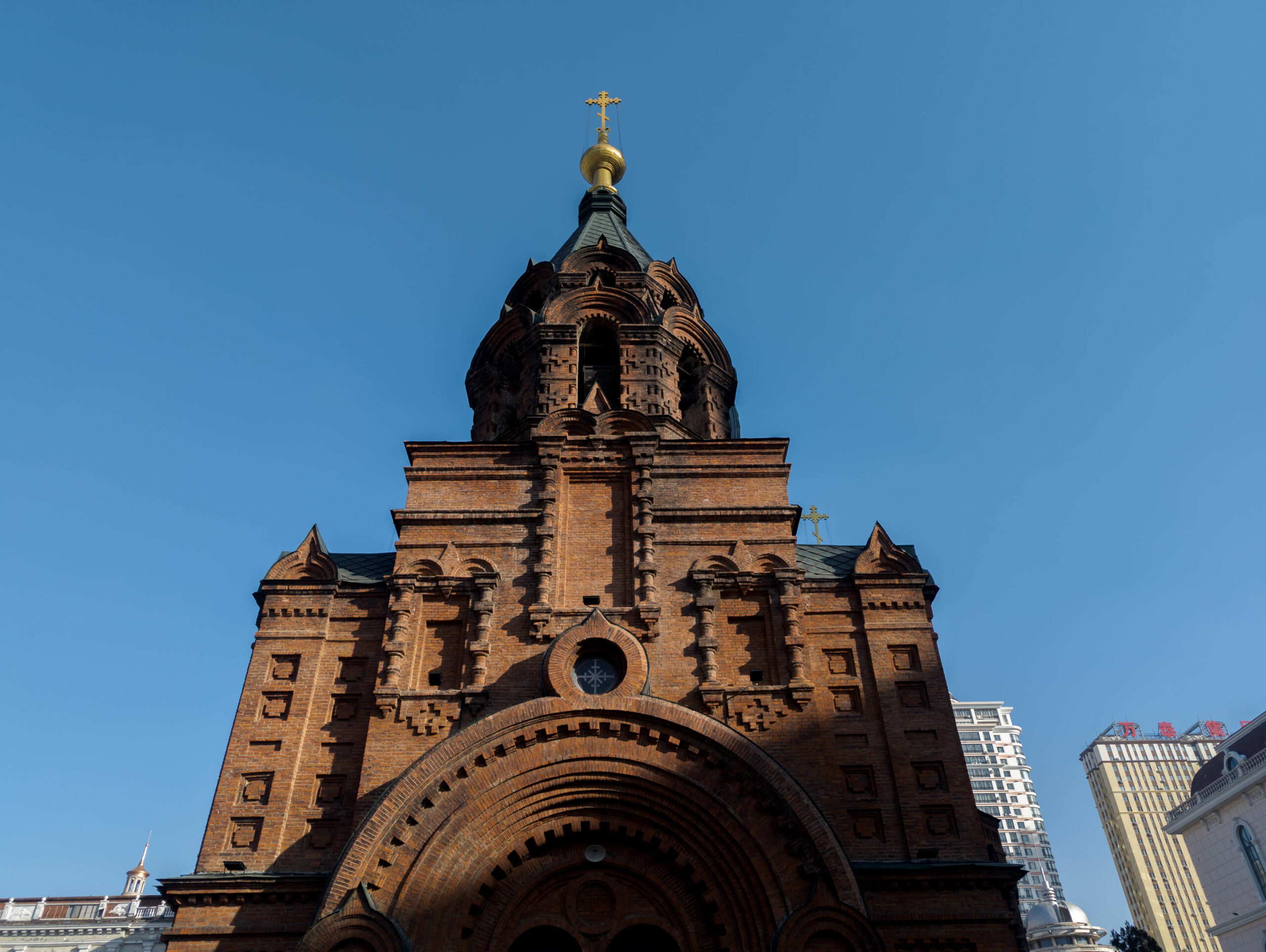
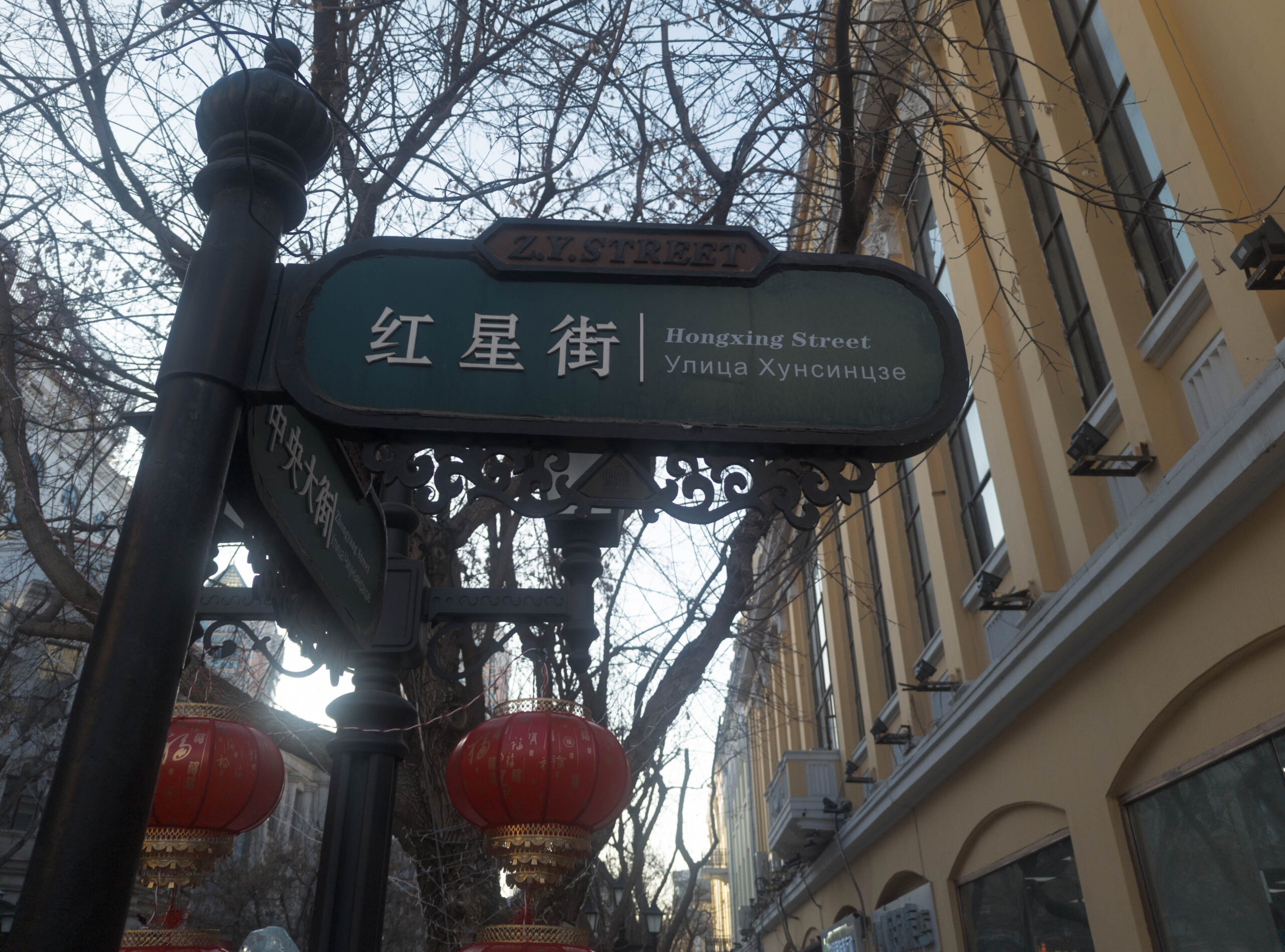
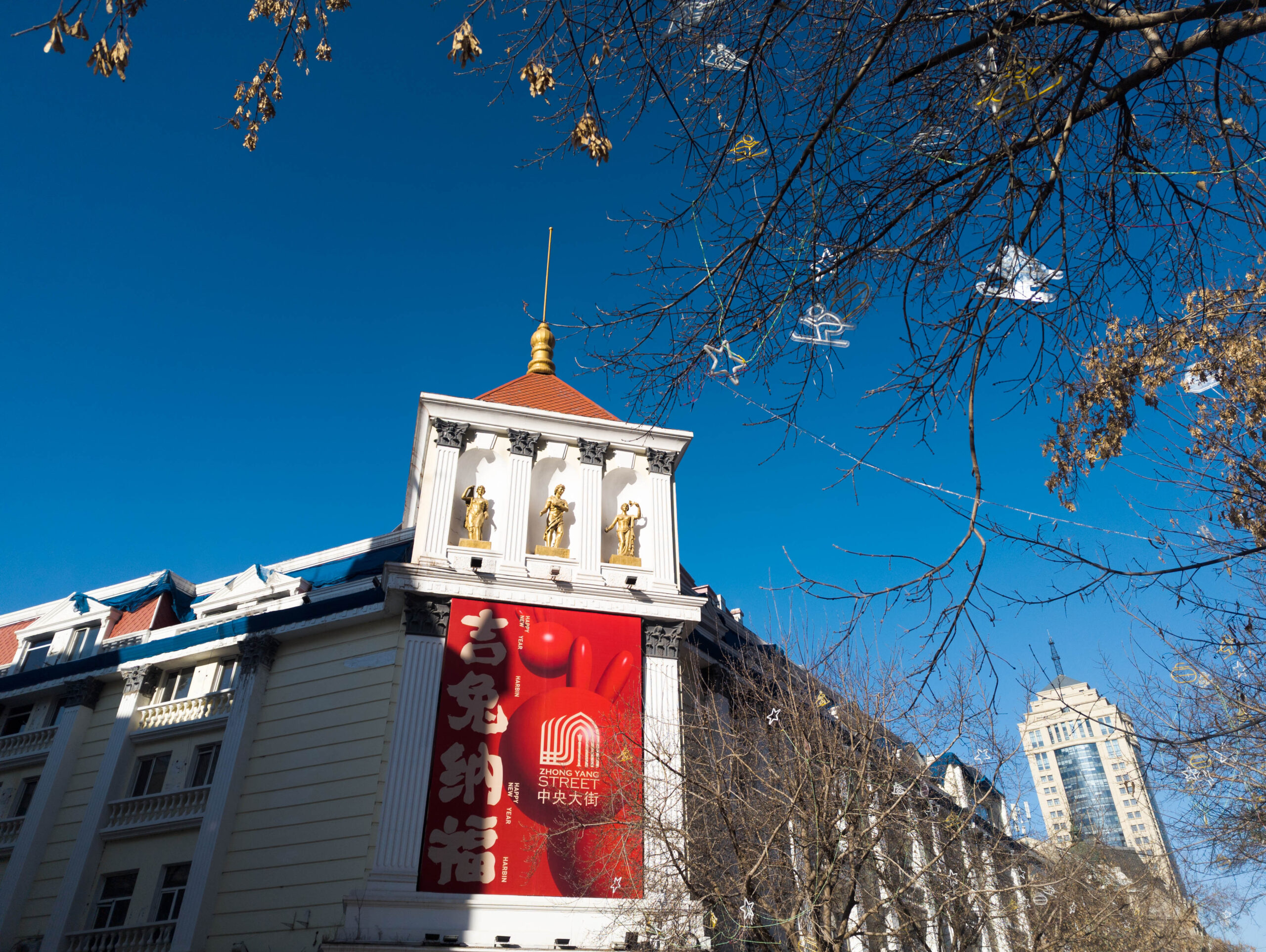

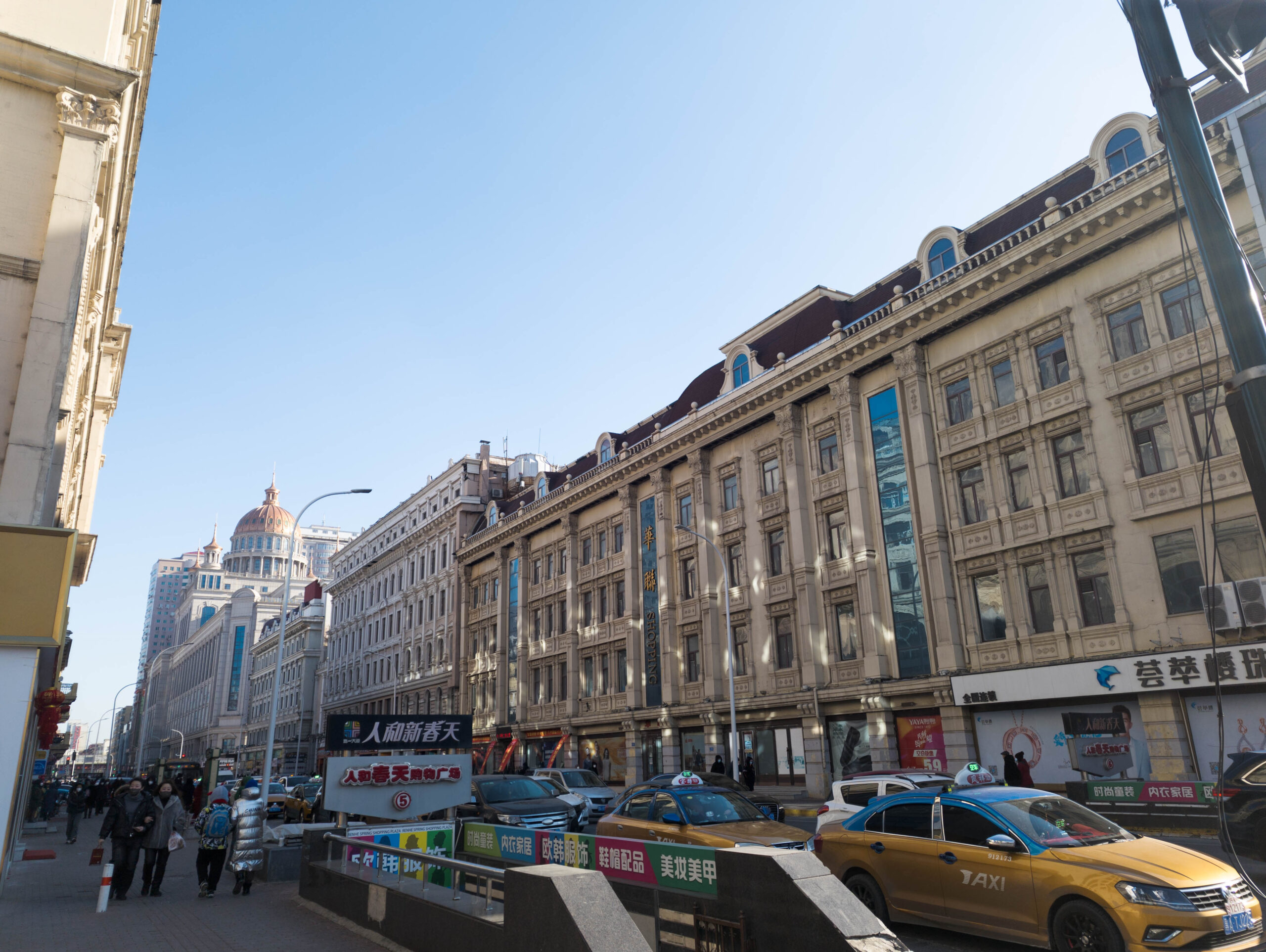
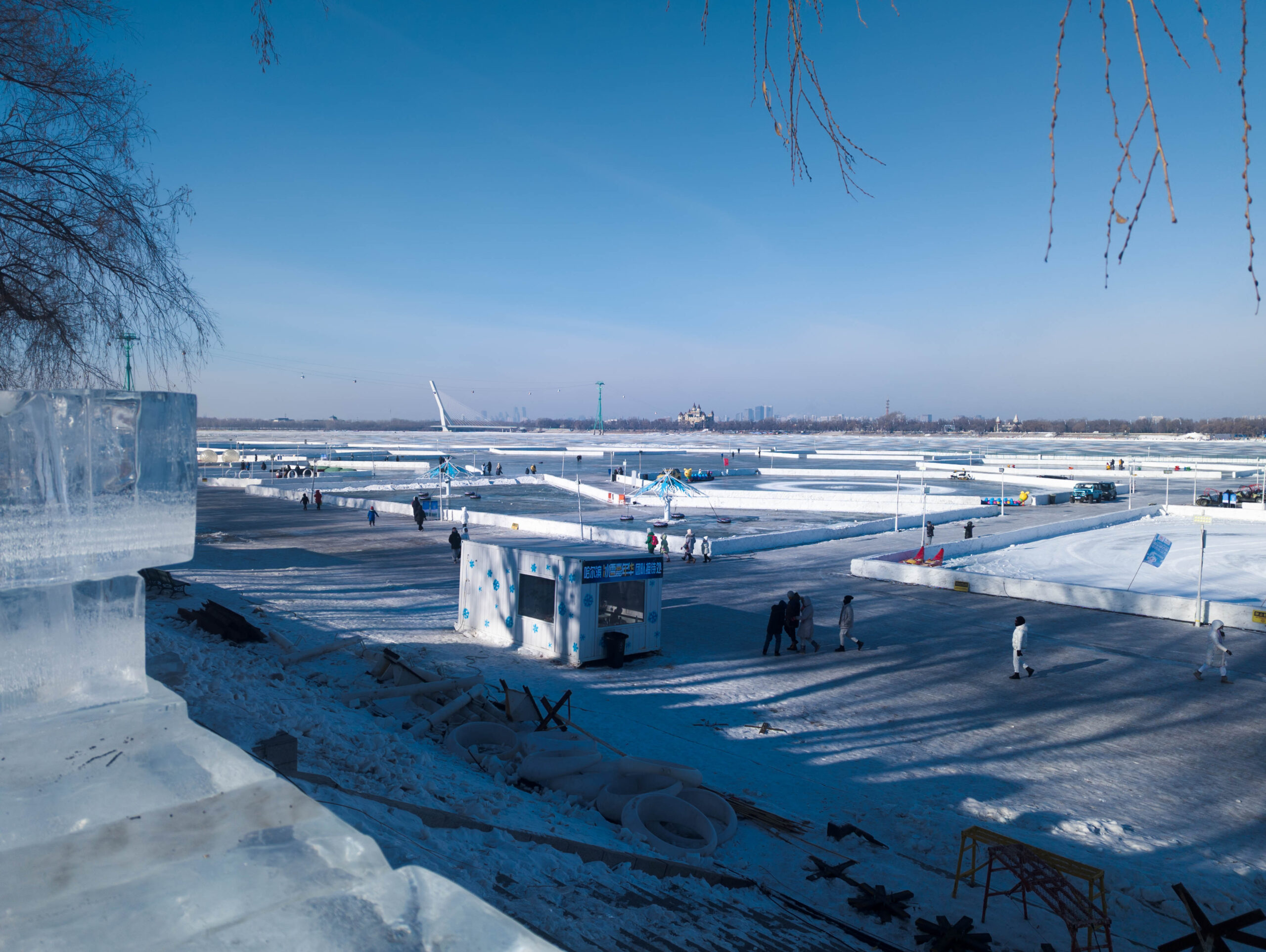
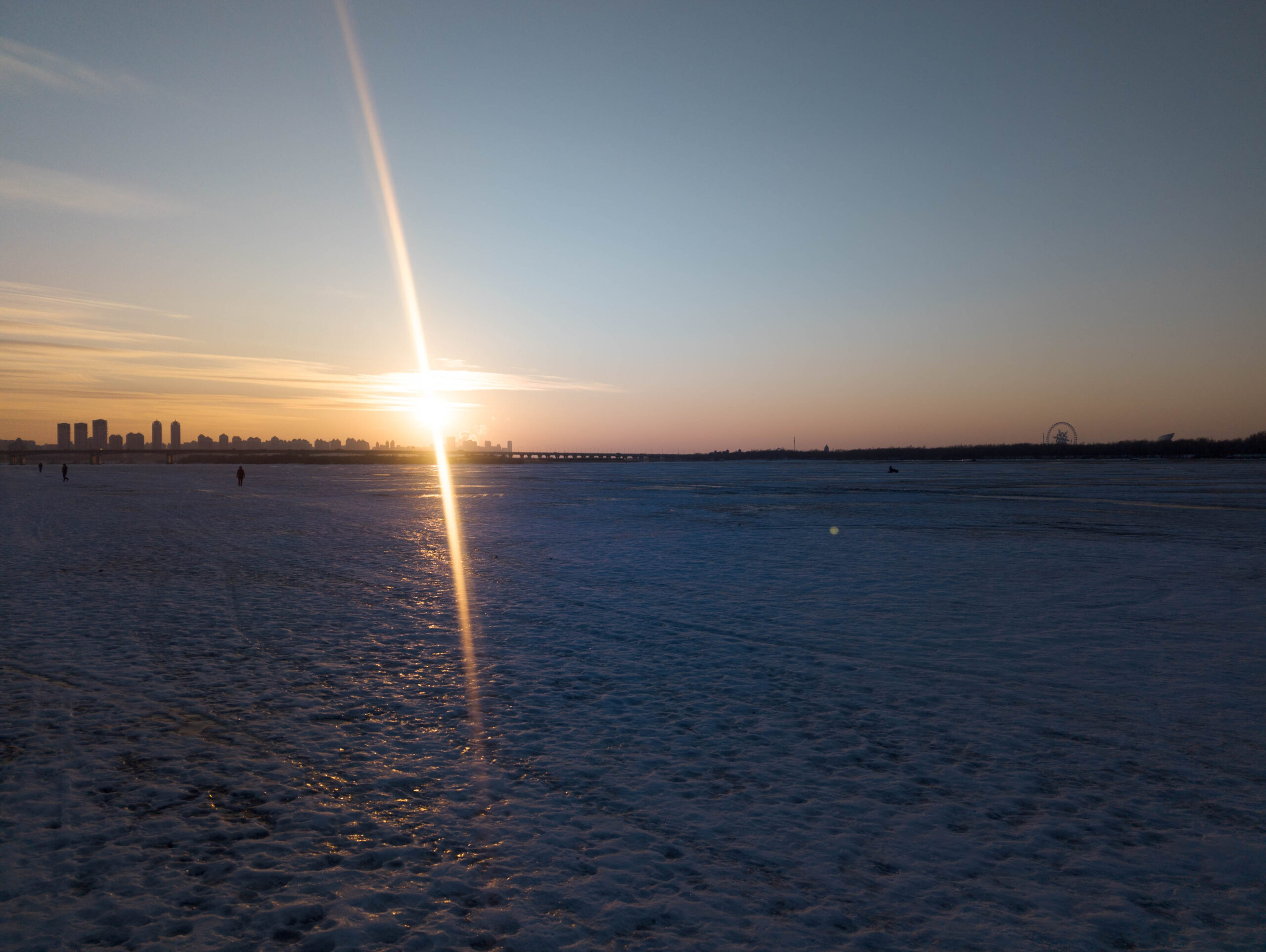
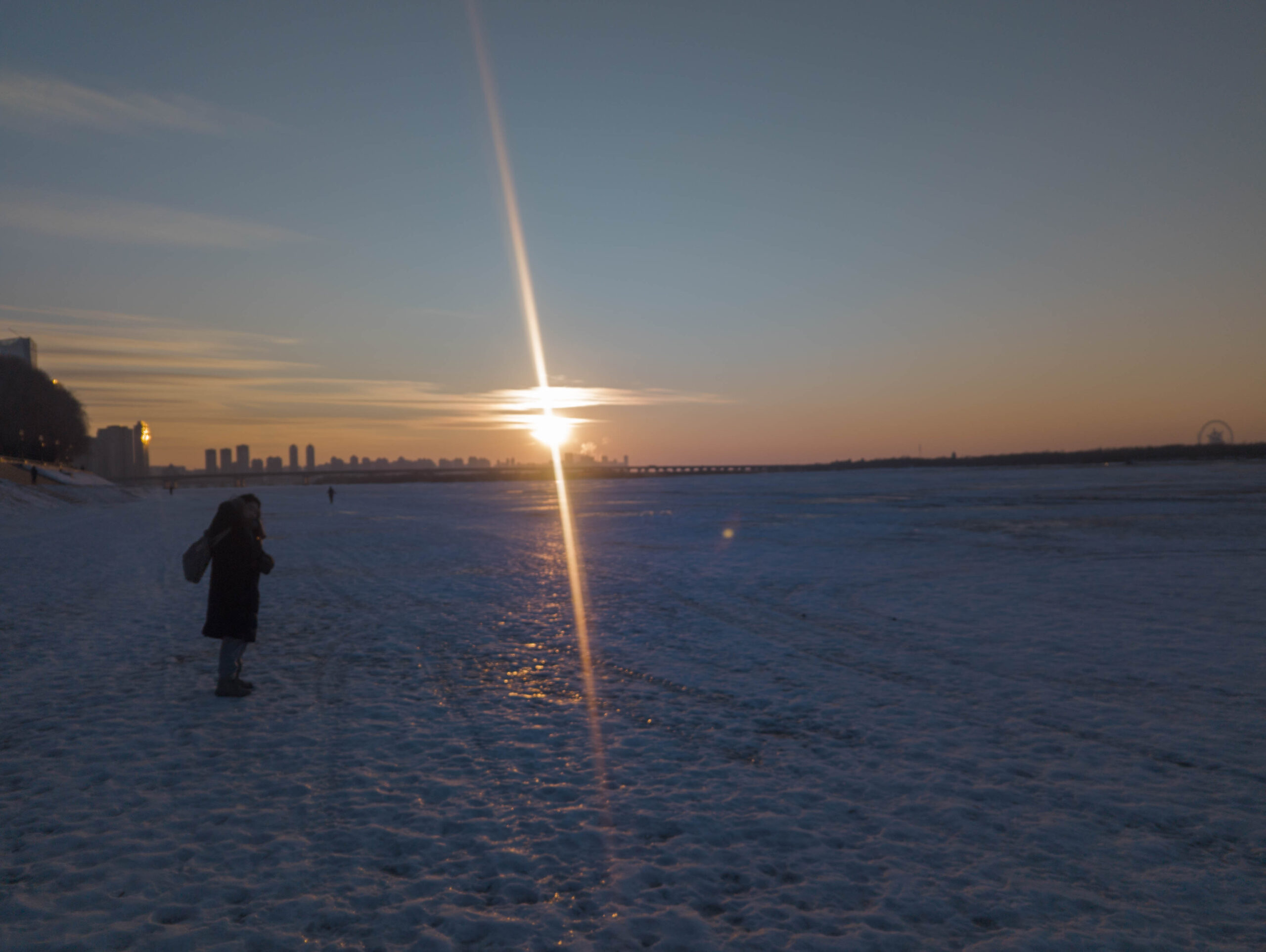
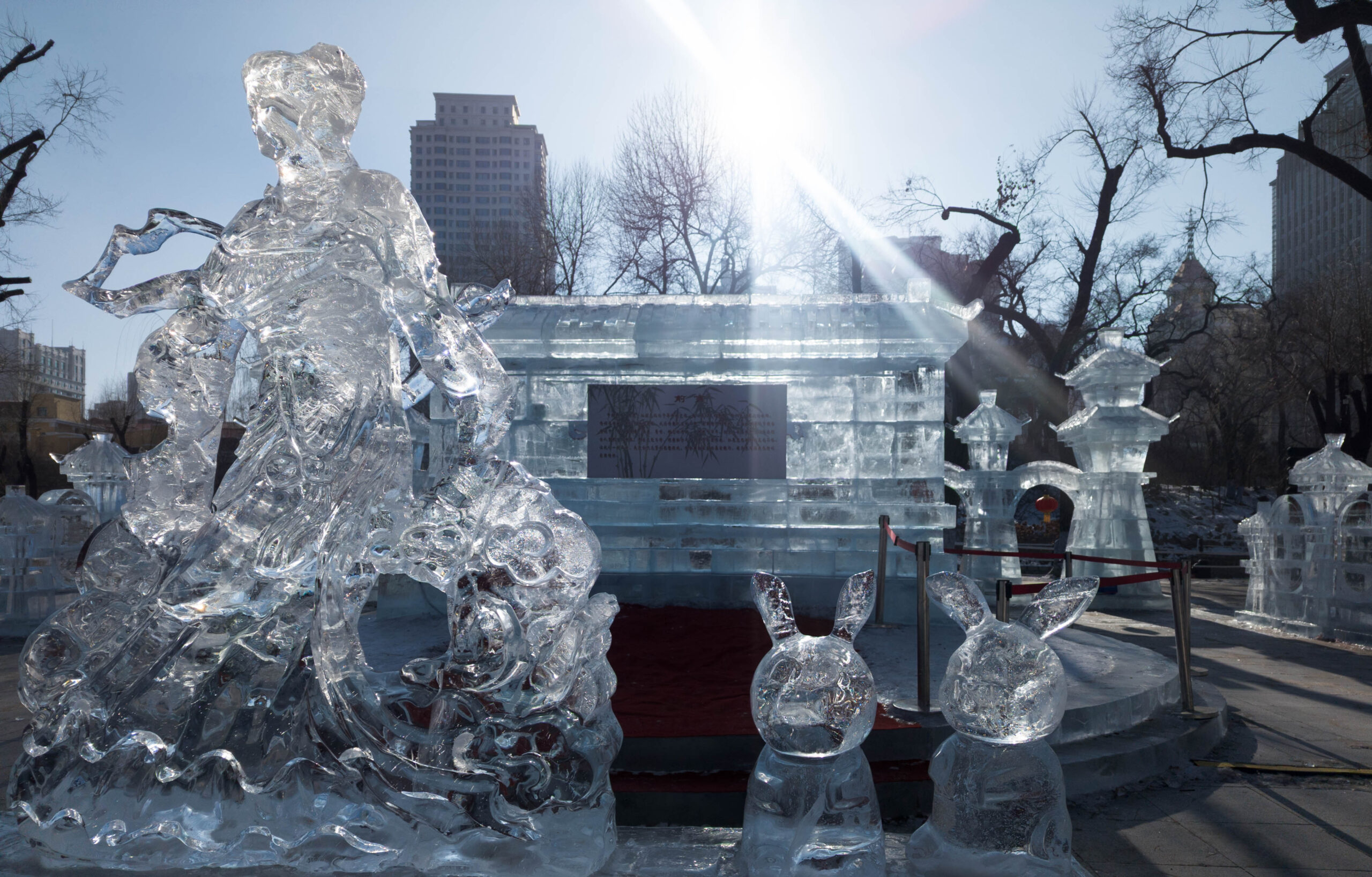
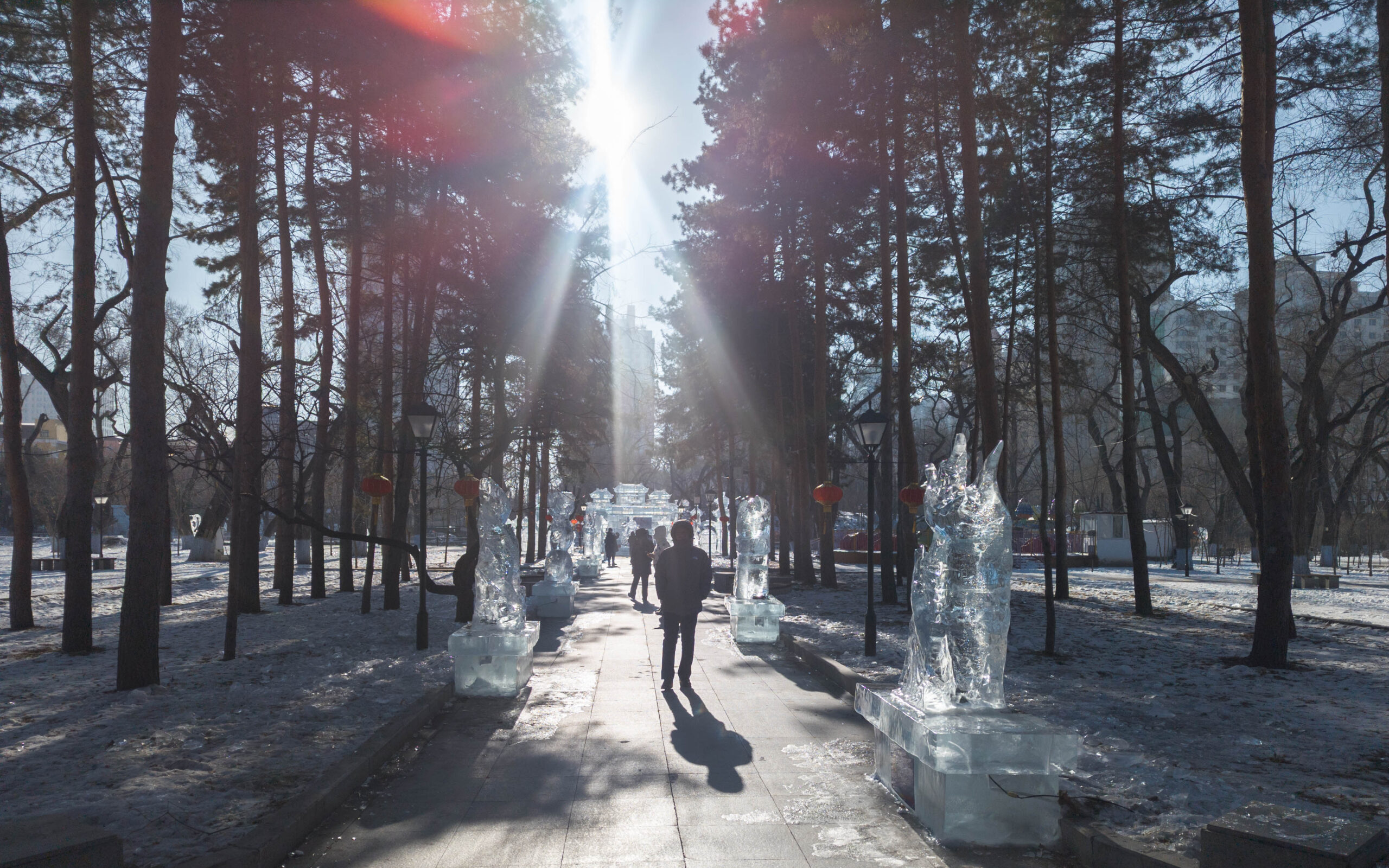
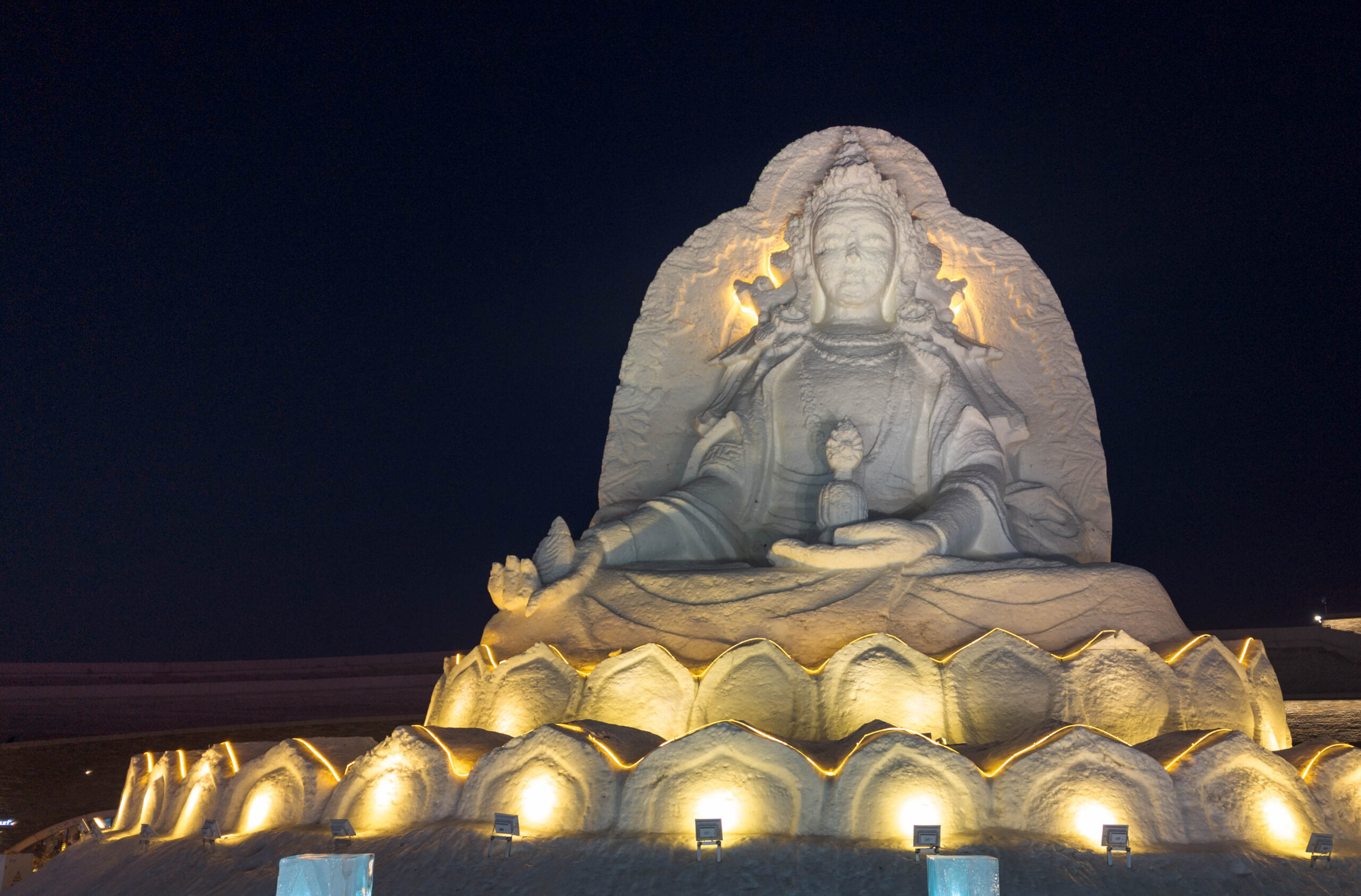
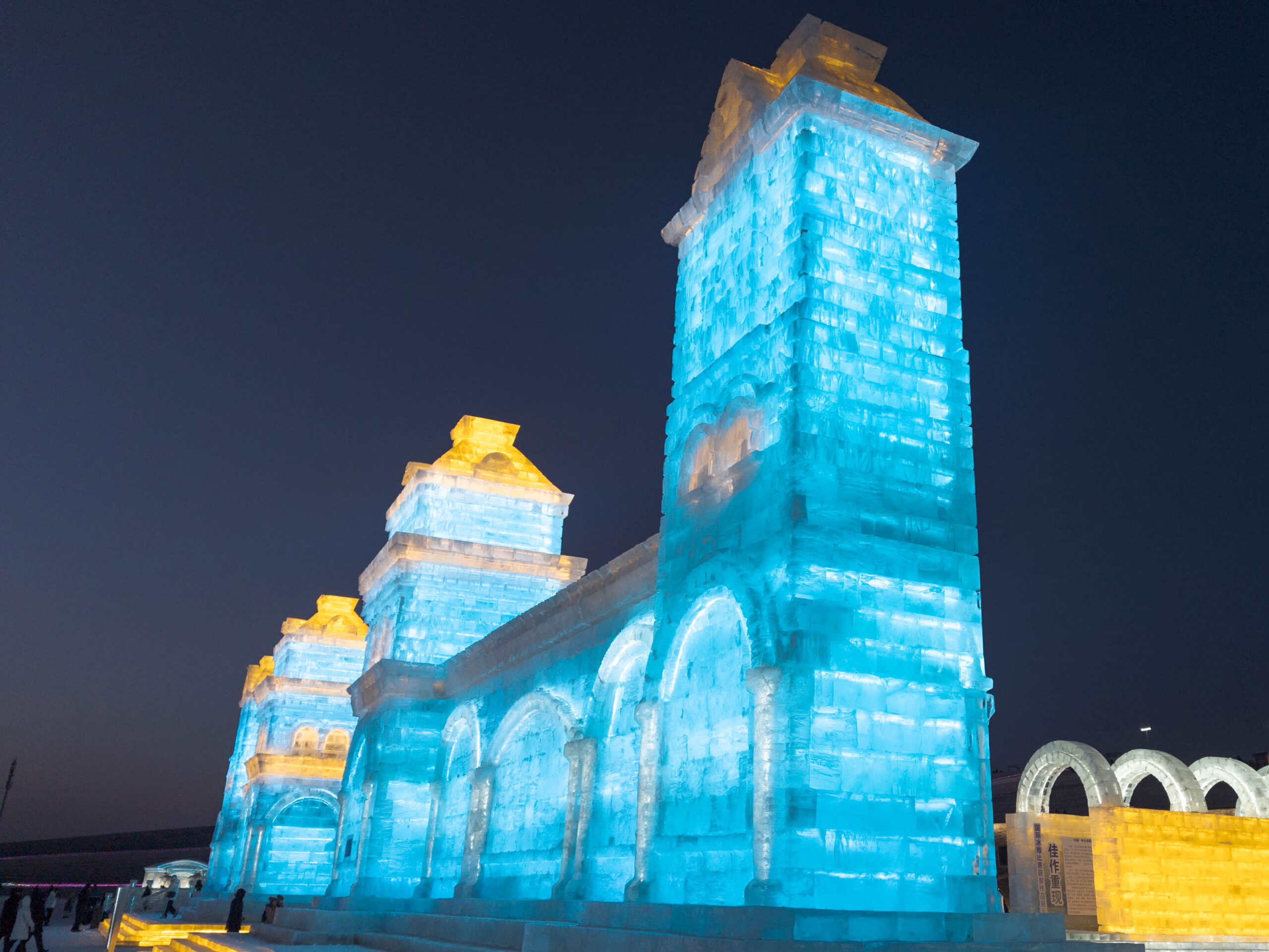
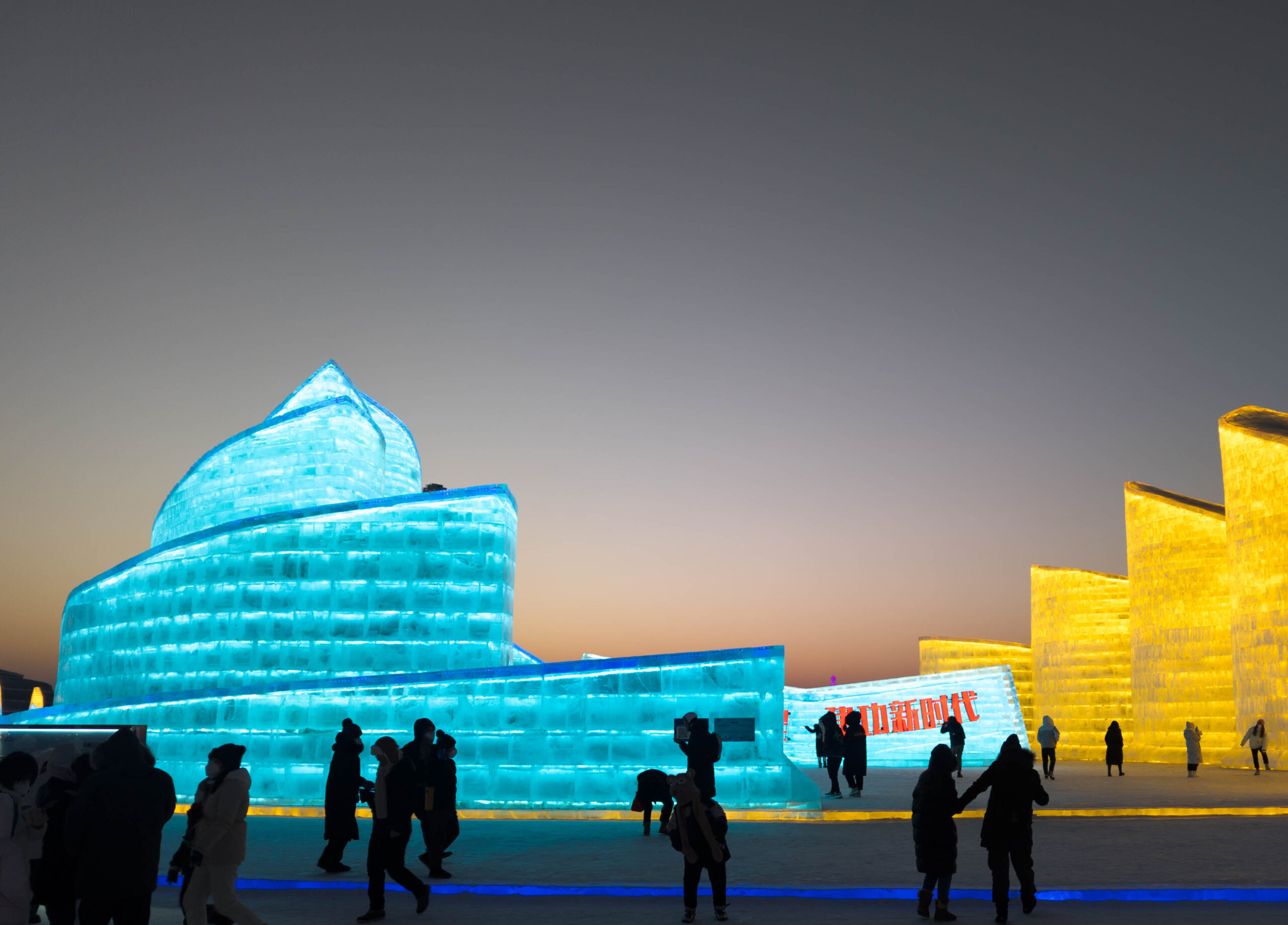
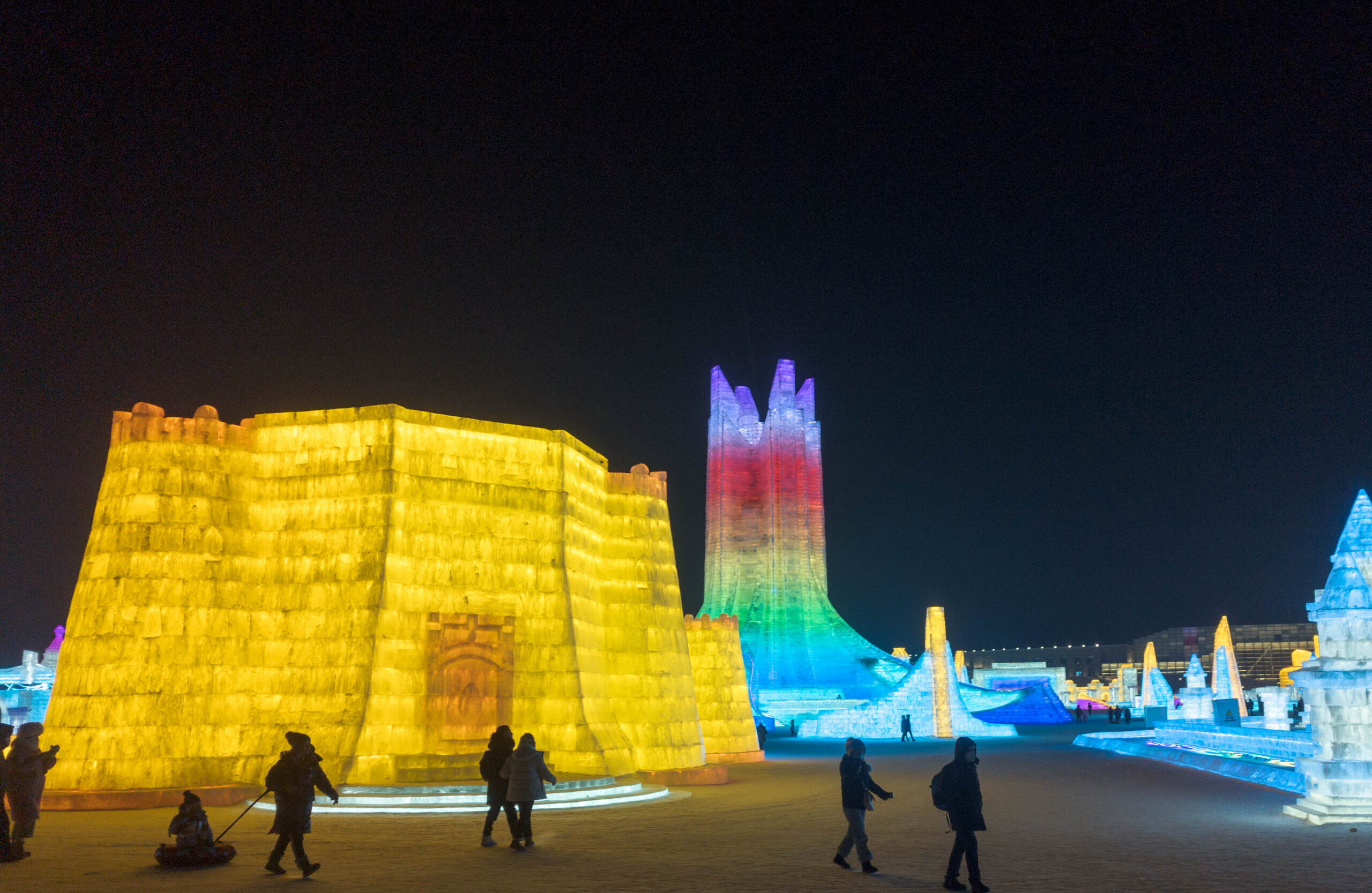
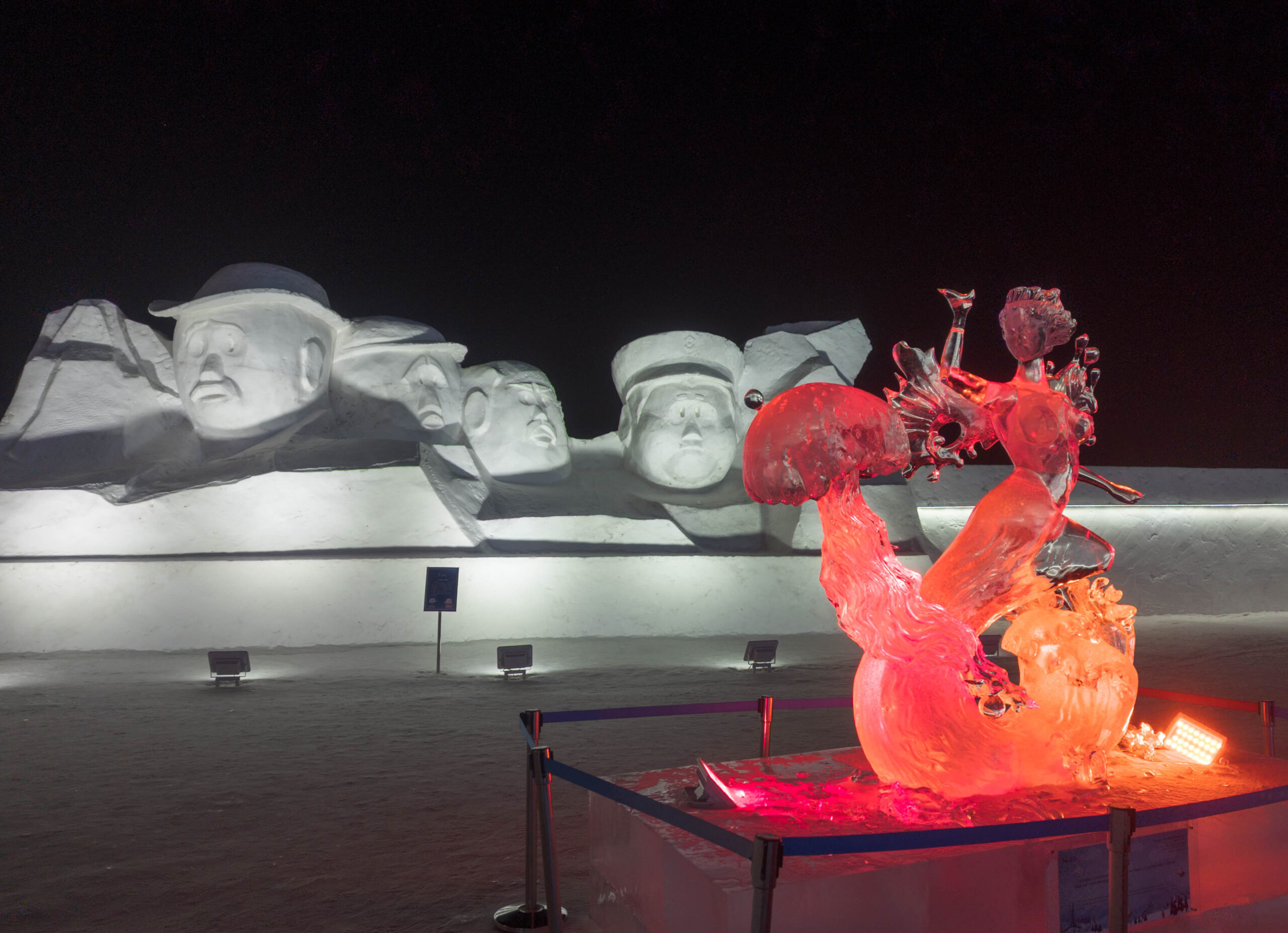
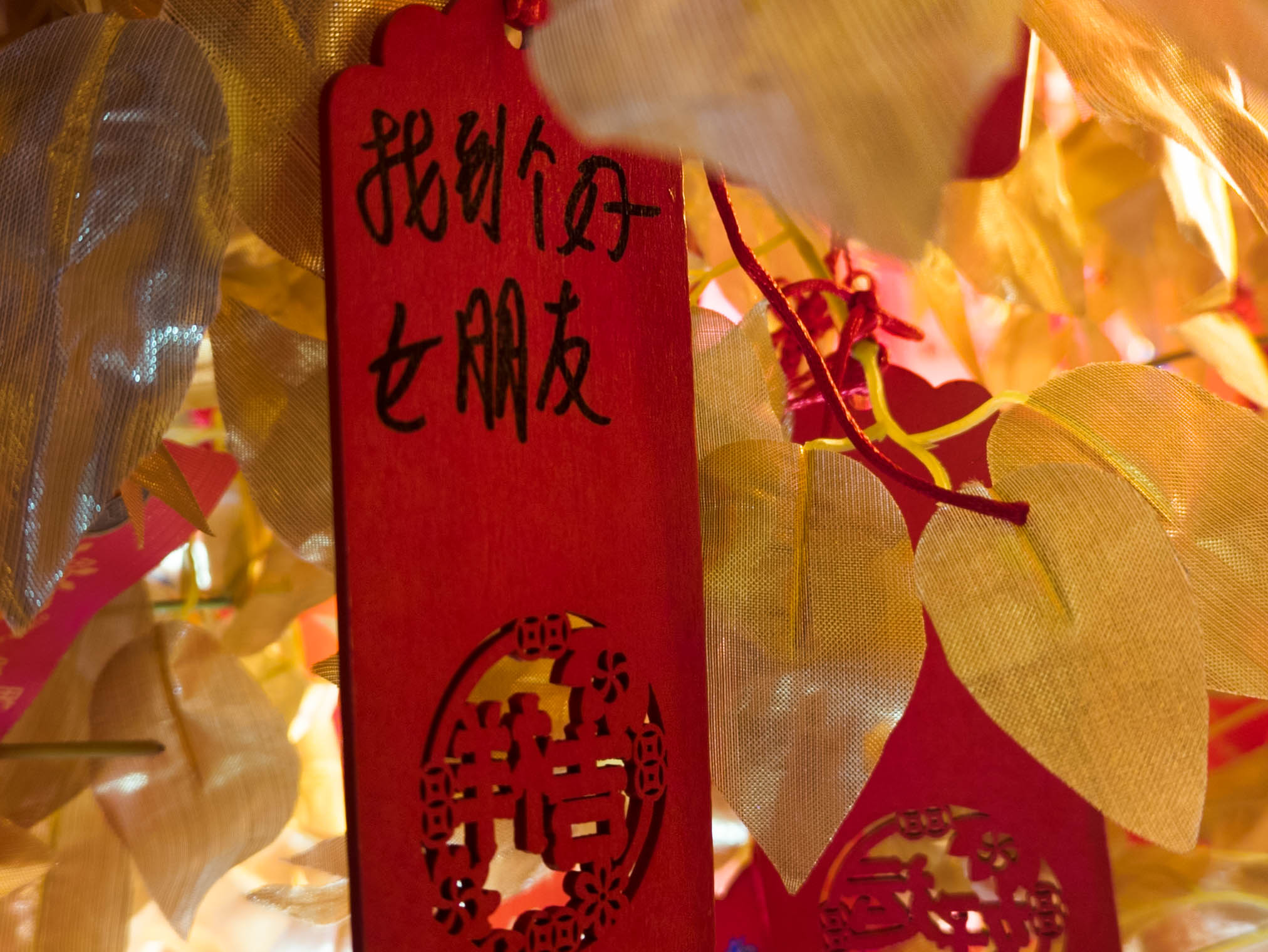
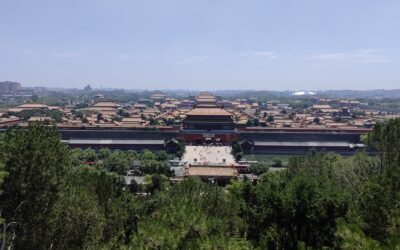
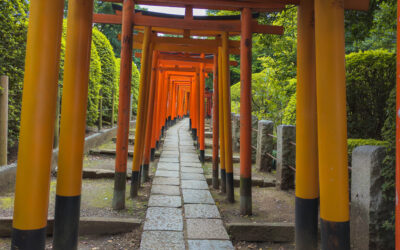
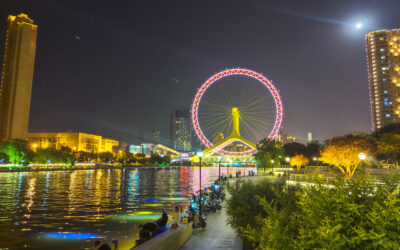
Trackbacks/Pingbacks